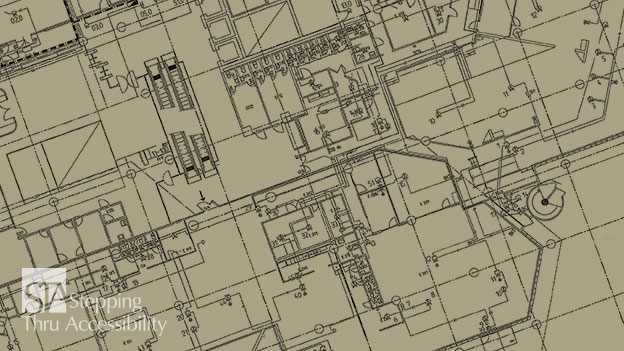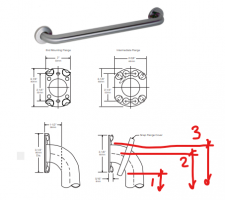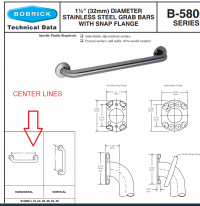Yikes
Gold Member
CBC 11B-604.5.1 seems to visually indicate that toilet grab bars are measured to the center of the bar mounting point:
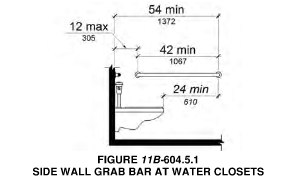
Does anyone know if there is more specific information on how/where to measure grab bar dimensions?
I know that on other components such as handrails, they measure only along the straight portion of the rail, putting the dimension line where the rail starts to curve as shown on the end of this extension:
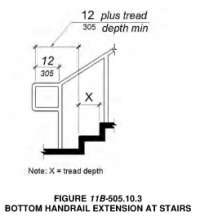

Does anyone know if there is more specific information on how/where to measure grab bar dimensions?
I know that on other components such as handrails, they measure only along the straight portion of the rail, putting the dimension line where the rail starts to curve as shown on the end of this extension:


